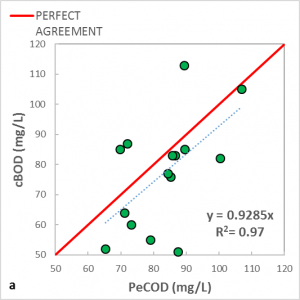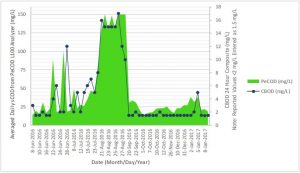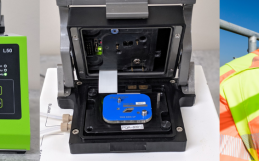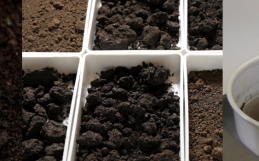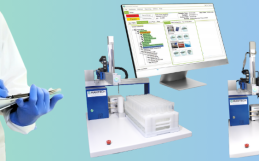Rapid Monitoring of Municipal Wastewater Primary Effluent
PeCOD® Case Study 18
Download the PDF here.
The primary effluent of a Municipal Wastewater Treatment Plant (MWWTP) is monitored to understand organic loading going to the next stage of treatment, the activated sludge process. This process removes organics via consumption by microorganisms living in the sludge. Knowing the composition of incoming primary effluent is important to prevent organic overloading and improve process optimization with the opportunity to save on energy and chemicals.
The traditional method for measuring organic load is biological oxygen demand (BOD). BOD is a standardized five-day laboratory test. Due to its susceptibility for error, it is usually sent out to an accredited lab for analysis, often expanding the overall time before receiving results. Since BOD has a long analysis time, it is an inadequate tool for measuring organic loading of current conditions and limits an operator’s knowledge of the actual loading rate into the activated sludge process. In addition to BOD, carbonaceous BOD (cBOD) is the regulatory parameter used for the final discharge, therefore, it would be helpful to measure reduction in BOD from the primary effluent to the final effluent in a timely, same day manner.
Photoelectrochemical oxygen demand (peCOD) is a fast and safe method for determining chemical oxygen demand (COD), and it has been used as a rapid cBOD predictor at several Southern Ontario MWWTP’s. peCOD can provide COD results in under 15 minutes and is approved by the Ministry of Environment and Climate Change (MOECC Method E3515) as an alternate COD method. Results from the MWWTP studies found that peCOD showed good correlation to cBOD at multiple primary effluent streams, as shown in Figure 1.
Figure 1: Correlation between peCOD (35um filtered) and cBOD for MWWTPs, a and b, for primary effluent samples. Plant a has a significant amount of industrial waste water contribution while plant b is mainly residential.
The solid red lines shown in Figure 1, represent the condition of perfect agreement between peCOD and cBOD, which has been met very closely for many of the samples. Additionally, the slopes of the linear models fitted to the data are close to unity. It can be concluded that peCOD has the potential to be used as a direct estimation of cBOD without reliance on a correlation.
peCOD has previously seen great success correlating to cBOD at a MWWTP’s final effluent waters. An earlier study analyzed hourly peCOD samples at the same location that 24-hour composite cBOD samples were collected. Results from the study are shown in Figure 2. peCOD was able to detect events in real-time, which cBOD was not able to detect until reported 10 days later. For more details on peCOD monitoring final effluent, refer to PeCOD® Case Study #09 Municipal Wastewater Treatment.
Figure 2: Averaged daily sCOD from peCOD and 24-hour composite cBOD at MWWTP final effluent.
In addition to its rapid analysis time of under 15 minutes, peCOD is a safe and green method for water quality analysis. peCOD can provide real-time results of the organic loading (cBOD) going to the activated sludge process, allowing operators to make decisions with confidence to optimize treatment and meet discharge compliance limits.
Authors: Maggie Grierson, B.Eng. EIT at MANTECH and Kimia Aghasadeghi, BSc. MSc.

